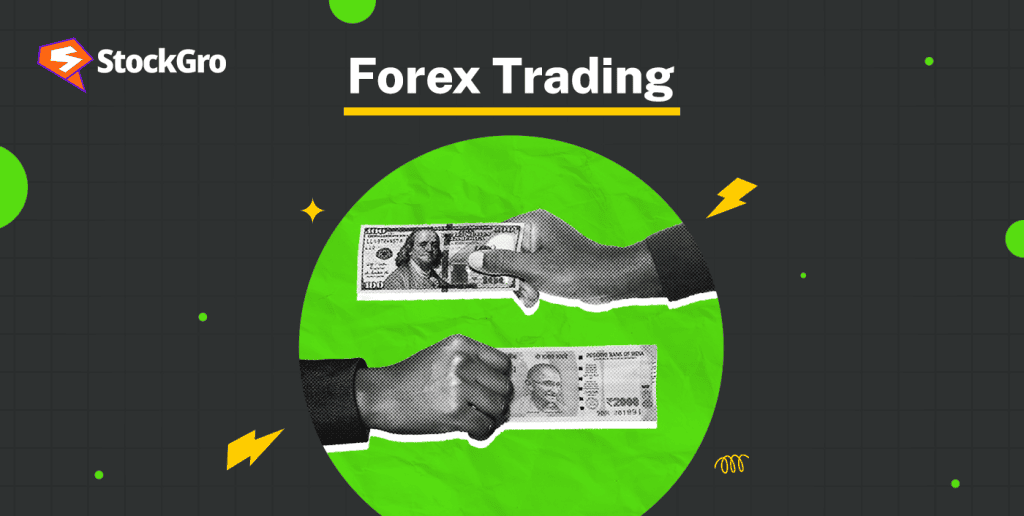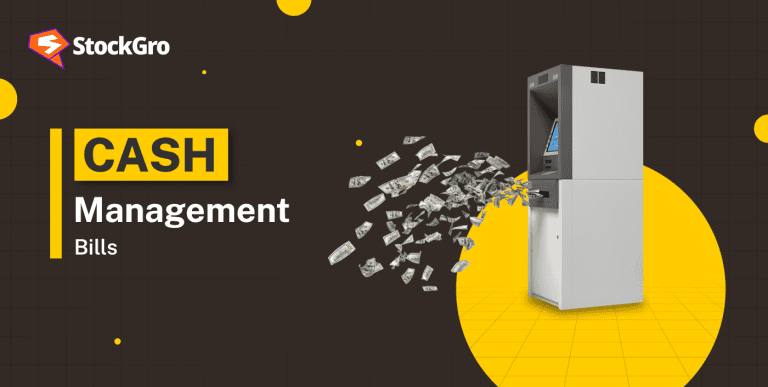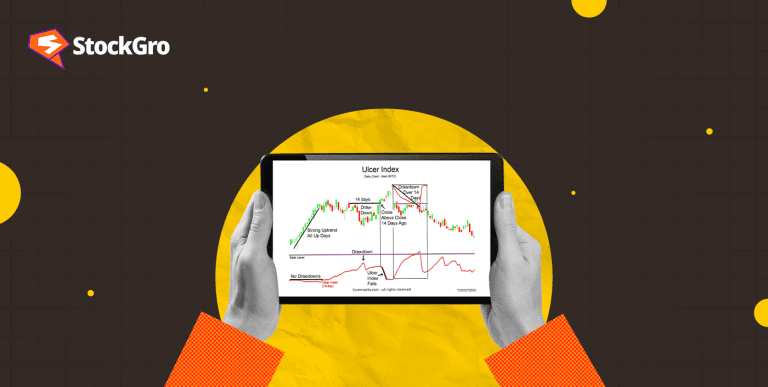
Trading in foreign exchange has reached a staggering volume of $7 trillion a day in 2024. (Source: KingdomBank) This is greater than the daily volume of major stock exchanges worldwide.
In this article, we will study more about Foreign Exchange (Forex) trading and different methods of trading forex.
What is Forex trading?
A business or government needs foreign exchange or foreign currency if they want to import goods or services from that country. Similarly, if a foreign business needs a product manufactured in India, it will need Indian currency. International trade is the primary reason behind the birth of foreign exchange markets.
The forex market is one of the most liquid markets in the world. The involvement of big institutions and governments has made this a highly liquid market. This feature has attracted all kinds of traders like hedge funds, mutual funds, major bands, individual traders, etc, who practice various trading styles. Before delving into various forex trading styles, let us take a look at some types of forex markets.
Also read: Why is the US dollar the ‘currency of the world’?
Types of forex markets
There are three types of markets where forex is traded. These are spot markets, futures & forwards, and options markets.
Spot markets are where the actual currency is traded at its actual trading price. A trade where two parties agree on trading a particular currency amount. Spot trades are settled in cash and usually take T+2 to settle.
Forwards & Futures markets are where traders agree to transact a particular currency at a preset date and quantity. The delivery date is already set in advance. Forward markets are a personal agreement between two traders. Their size, quantity, and date may vary but futures are done via an exchange and the lot size, delivery times, etc, are already fixed.
Option contracts for forex are widely used, where a trader has a right but no obligation to buy or sell a currency on a preset date, time, or quantity. These are highly leveraged and used widely for hedging purposes and speculation.
Also read: The world of currency fluctuations: How does it impact your investments?
Different techniques of forex trading
The trading technique used by a trader depends on factors like risk aversion, the nature of the trader, etc. Some traders prefer high risk and some low risk. Some traders want to exploit short-term opportunities and some want to ride the long-term trend. Some of the most common forex trading techniques are as follows:
- Day Trading: Day trading includes opening and closing a position on the same day. Trades take positions on the basis of news or any other quantitative or qualitative analysis. This trading style protects the traders from overnight risk and major events. Traders usually enter day trades with a pre-determined stop loss and profit target and stop trading as soon as one of these is triggered.
Institutions or individual traders typically hold intraday positions for speculative motives.
- Swing Trading: Swing trading involves holding a position for a few days or weeks to take advantage of medium-term price moves. Swing traders use trend or momentum strategies to execute trades. Sometimes they also take positions based on news or economic events. This trading style exposes the trader to overnight risk but protects from short-term price noise.
Major banks, institutions, hedge funds, businesses, etc, execute swing trades to hedge their positions against negative currency shocks. This method is also used for speculation.
- Scalp trading: A trading style where positions are held for a few seconds to a few minutes. Scalp traders take big leveraged positions and try to profit from very small price moves. Scalp trading is done purely for speculative purposes and nowadays includes complex mathematical models by big institutional traders.
For example, a hedge fund longs 10,00,000 units of USD/INR pair in the sports market at ₹84 and covers their position at ₹84.01, making a quick profit of ₹0.01 * 10,00,000 = ₹10,000 in a few seconds.
- Positional trading: Positional trading is executed for weeks, months, and sometimes years. It includes long-term positions to ride long-term economic trends or hedging long-term international portfolios from currency fluctuations.
For example, if a macroeconomist anticipates that the upcoming US administration might impose tariffs on major trading partners, they might choose to hold a long USD position for two years. Though this example simplifies positional trading, the reality is much more complex.
- Algorithmic trading: In the last few years, the domain of trading has been dominated by computer programs. Large hedge funds leverage sophisticated automated systems that execute trades on their behalf, often without human intervention. The benefit of these systems is that they do not involve emotion like humans and thus make far fewer errors.
Also read: How does arbitrage trading work?
Bottomline
Forex trading is a very high-risk, high-reward game. Traders must study the risk and reward profile of each of the given trading methods and their own trading nature before choosing any type of forex trading method. Before deploying a trading style, it must be rigorously back-tested. Proper risk management must be followed.
Most importantly, forex market volatility must be properly monitored. Geopolitical events, monetary policy by major economies, etc, make forex markets very volatile. Always remember that leverage is a double-edged sword. Understand it properly before using it.
FAQs
1: Can you trade forex in India?
Yes. Many stock brokers provide foreign exchange trading facilities. Some of them allow trading in only those pairs that include the Indian rupee (INR), while some provide trading facilities in major trading pairs like USDEUR, USDJPY, etc. There are specialized brokers for forex trading.
2: Can forex trading make you rich?
There is no magic formula for being rich overnight. Forex trading can give you good returns in the long term and take one step at a time with proper risk management. But you can go to a casino instead if you want overnight success.
3: Is forex trading risky?
Forex markets are very volatile. Forex markets can display big swings overnight and can wipe out a trader entirely. Before entering the forex markets, a proper risk management and position sizing plan must be implemented. High risk and high profit are the nature of the forex market.
4: What are the risks of trading forex markets?
Events such as wars, political unrest, shifting governmental policies in major economies, fluctuations in the commodities market, etc, affect forex markets. There are many factors that impact forex markets at once. So, this adds an element of risk. Proper stop losses must be used.
5: What is the dollar index?
The dollar index measures the value of dollars against six major currencies. These are the Euro, Japanese yen, British pound, Swiss franc, Swedish Krona, and Canadian Dollar. This index helps gauge the movement of the US dollar. A predefined weight is given to these currencies then a geometric mean is calculated to find the value of the dollar index.

